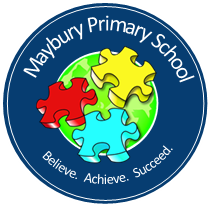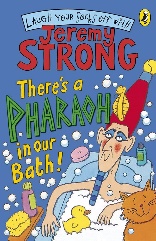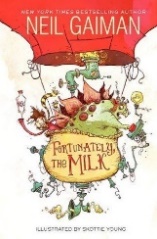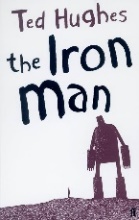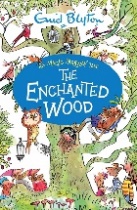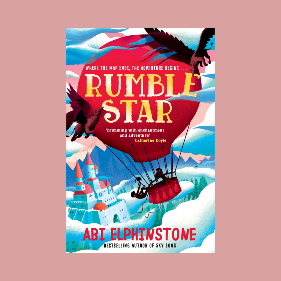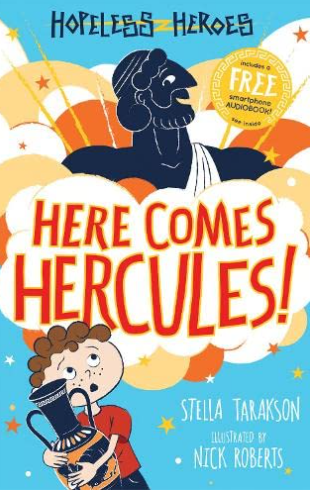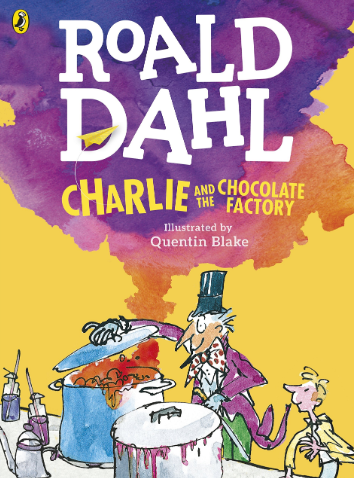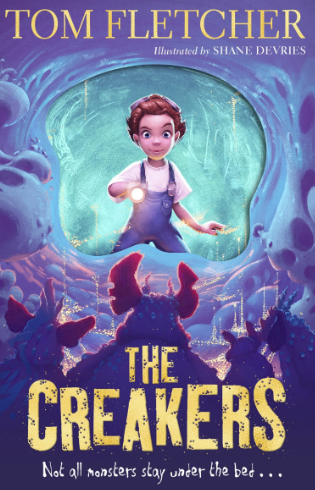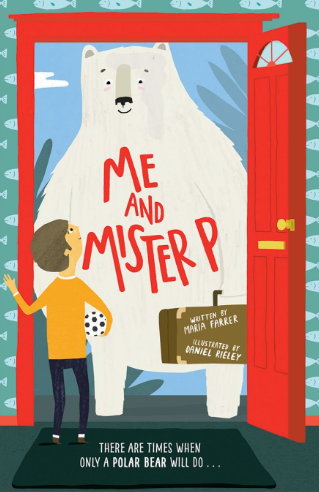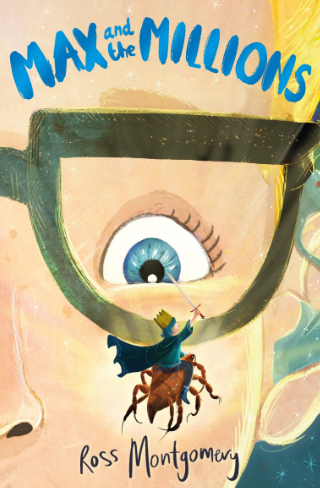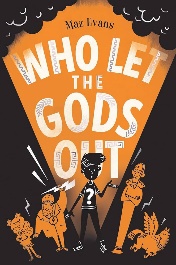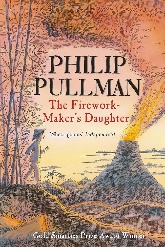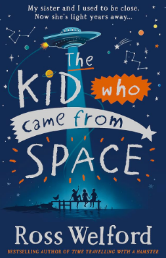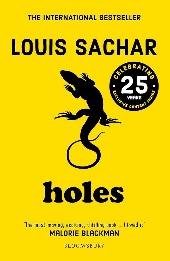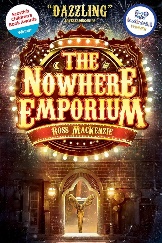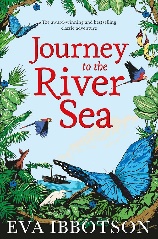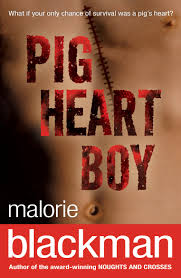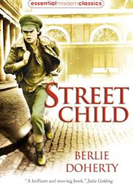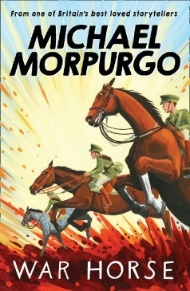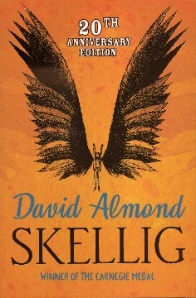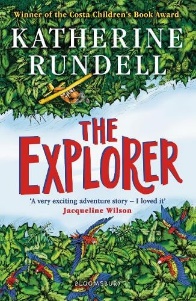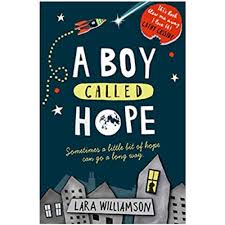Reading at Maybury
Please click here to read about how we teach phonics and early reading at Maybury.
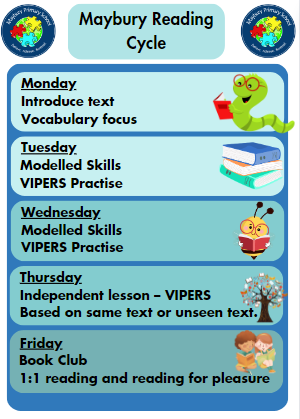
Reading is at the heart of our whole curriculum. We recognise the foundations for teaching the English National Curriculum begin in Early Years with the development of a high quality programme planned within Communication, Language and Literacy. Many children enter our schools with very poor language skills, limited exposure to books, spoken English and opportunities to share stores. Therefore, teaching children to communicate and engage with stories is vital from the very early stages of their journey with us through primary school. As an inclusive school, our curriculum recognises the varied needs of our children and allows every child to maximise their learning potential and achieve. Our aim is to prepare them for the application of English Reading skills across the whole curriculum and life beyond education. We believe reading is a passport to the world and strongly feel that cultivating a “reading for pleasure” culture in our schools is imperative. Reading consists of two dimensions: word reading and comprehension. During our sessions we teach explicit VIPERS skills. These reading sessions are separate from our Literacy lessons, although texts may complement literacy or another curriculum areas.
VIPERS (Vocabulary, Infer, Predict, Explain, Retrieve, Sequence or Summarise)
Children are explicitly taught the skills of reading (as outlined in the National Curriculum) through the use of VIPERS which were created by Rob Smith (The Literacy Shed).
The Reading Vipers can be used by both KS1 and KS2 with a little adaption. The main difference being in the S.
Sequence - KS1
Summarise - KS2
In KS1, ‘Explain’; is not one of the key areas however, it asks children why they have come to a certain conclusion, to explain their preferences, thoughts and opinions about a text.
In KS2, the Explain section covers the additional national curriculum contents of 2F, 2G and 2H which are not in KS1.

Key Stage 1
In Key Stage One children reading skills are taught and practised using VIPERS during Reading Roundabout session and Reading sessions.
KS1 Curriculum Reference |
VIPER |
|
1a draw on knowledge of vocabulary to understand texts |
Vocabulary |
|
1b identify/ explain key aspects of fiction and non-fiction, such as characters, events, titles and information. |
Retrieve |
|
1c identify and explain the sequences of events in texts |
Sequence |
|
1d make inferences from the text |
Infer |
|
1e predict what might happen on the basis of what has been read so far |
Predict |
Key Stage 2
In Key Stage Two children reading skills are taught and practised using VIPERS during Reading Roundabout session and Reading sessions.
KS2 Content Domain Reference |
VIPER |
|
2a Give/explain the meaning of words in context |
Vocabulary |
|
2b retrieve and record information/ identify key details from fiction and non/fiction |
Retrieve |
|
2c summarise main ideas from more than one paragraph |
Summarise |
|
2d make inferences from the text/ explain and justify inferences with evidence from the text |
Infer |
|
2e predict what might happen from details stated or implied |
Predict |
|
2f identify/explain how information/ narrative content is related and contributes to meaning as a whole |
Explain |
|
2g identify/explain how meaning is enhanced through choice of words and phrases |
Explain |
|
2h make comparisons within a text |
Explain |
Reading for pleasure books
|
|
Autumn 1 |
Autumn 2 |
Spring 1 |
Spring 2 |
Summer 1 |
Summer 2 |
|
Year 3 |
|
|
|
|
|
|
|
Year 4 |
|
|
|
|
|
|
|
Year 5 |
|
|
|
|
|
(Journey to the River Sea - BONUS TEXT) |
|
Year 6 |
|
|
|
|
|
(A Boy Called Hope - BONUS TEXT) |
